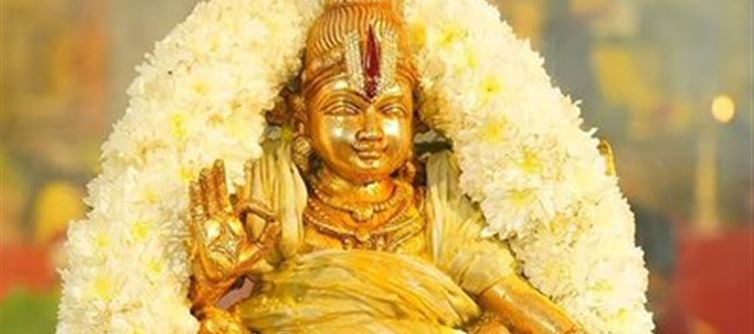
This year’s sabarimala experience was not a crowd problem; it was an administrative failure layered across institutions. The symptoms were obvious — 15-hour queues, insufficient potable water, unclean rest areas, and electrical work carried out dangerously close to moving pilgrims. But these are only surface-level indicators of a deeper governance rot.
A System Designed to Fail: Why Sabarimala’s Administration Broke Down Again
Sabarimala depends on a multi-agency system: the Travancore Devaswom Board, police, health department, water authority, sanitation teams, and KSEB. When each works in isolation and none are held accountable for system-wide outcomes, failures multiply silently. Planning for peak season must begin months in advance with inter-departmental coordination, stress tests, safety audits and contingency modules. Instead, the response this year looked reactionary — departments fixing problems after they turned into public complaints.
What’s worse is the absence of a feedback loop. Each year’s shortcomings are documented, debated, and promised to be “rectified next season,” yet the same patterns reappear with frightening consistency. That signals not incompetence but structural indifference.
In the short term, the political class benefits from spectacle and symbolism — visits, photo-ops and the appearance of managing a mass faith event. Commercial contractors linked to temporary services (food stalls, transport, VIP logistics) capture sizeable margins.
The real question is: Has Sabarimala’s governance become so fragmented that devotion is expected to compensate for administrative collapse?




 click and follow Indiaherald WhatsApp channel
click and follow Indiaherald WhatsApp channel